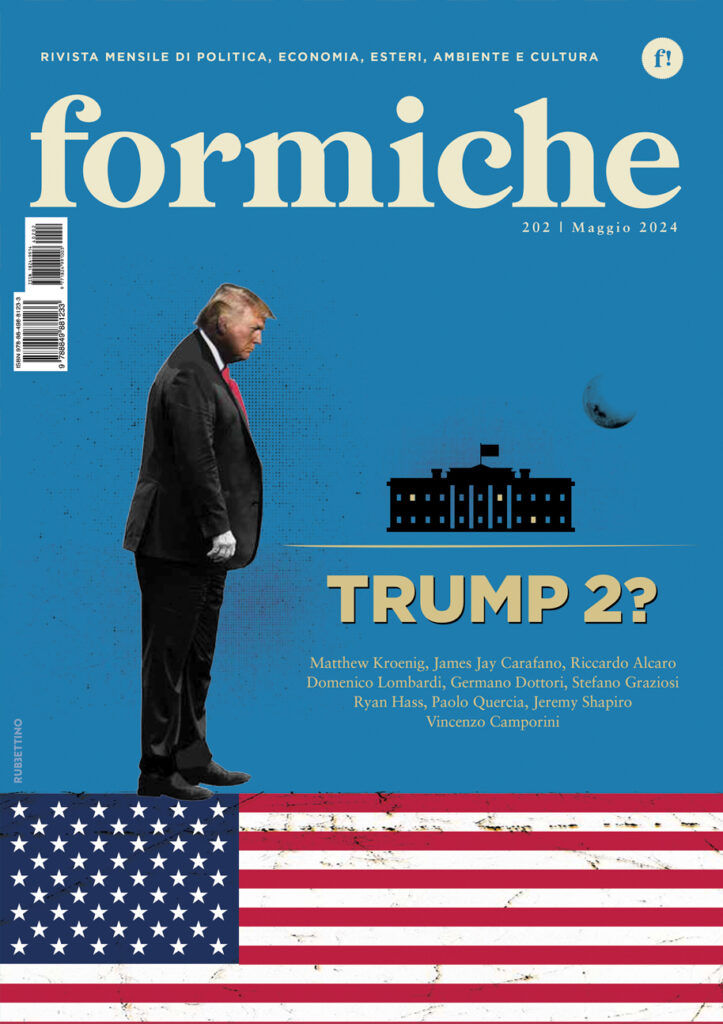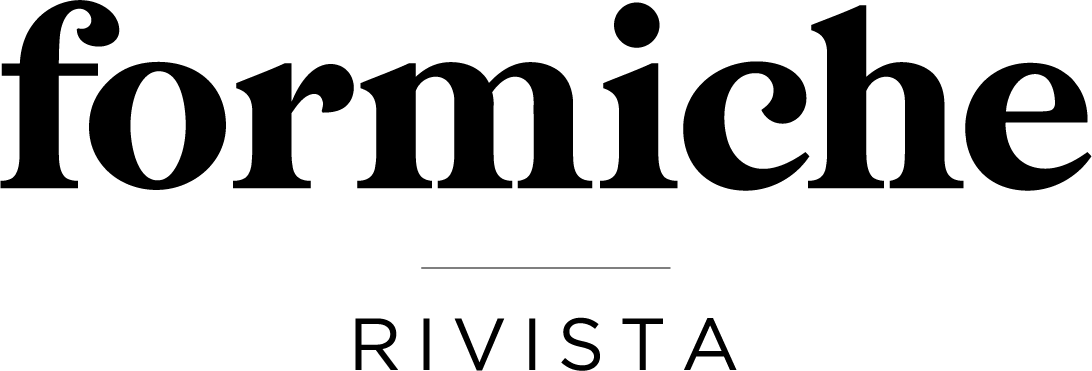The two-day summit in Brussels has stretched into its fourth day as European leaders dispute over the size of the recovery fund, a €750 billion project meant to pull the eurozone out of its worst economic crisis yet following the economic downfall wrought by the coronavirus pandemic.
The conflict pits the so-called “frugal five” – Austria, the Netherlands, Denmark and Sweden plus, more recently, Finland – against other EU member states. The formers favour a more fiscally responsible line, involving smaller grants and conditions-laden loans intended to reign in the debt and economy of beneficiary countries. They are arguing for a €50 reduction in the overall size of the fund.
Sunday’s meeting ended at 6 am with European Council president Michel Barnier hinting at a reduction of the size of grants for countries that suffered the most damage. This would be a setback for Italy, which is burdened by a debt projected to surpass 160% of its GDP, as the country was set to obtain the most from the fund – roughly €172 billions between grants and loans.
Italian prime minister Giuseppe Conte has declared that failure to reach a deal would result in the destruction of the European single market, and he is holding his line entailing more money and less restrictions.
By contrast, his Dutch counterpart Mark Rutte, who leads the frugal five, is pushing for the creation of an “emergency brake” on funds for countries who do not adhere to fiscal reforms, called for by said restrictions, conceivably out of distrust for financially undisciplined states such as Italy (the only country that failed to present to the European Commission a national reform plan).
As Mr. Conte fights to obtain more money and less restrictions for his ailing economy, Mr. Rutte has pointed out that Italy should simply accept the ESM (European Stability Mechanism) fund, which would grant Italy roughly €36 billions with the only condition of spending them on national health services. This, however, is easier said than done.
The Italian parliament is split on whether to accept the ESM. The two parties that make up the government coalition, the Five Star Movement and the Democratic Party, have been at odds, with the former opposing the fund and the latter pushing to accept it. Most of the opposition sides with the Five Star, with only Silvio Berlusconi’s Forza Italia breaking ranks.
Those who oppose the ESM (who are currently an absolute majority) fear the condition that comes with it, arguing that it represents a threat to national sovereignty – the same hateful “Troika” hiding in the recovery fund’s conditions. Those in favour argue that the loan’s interest rates are far more favorable than standard Italian state bond issuing, and that accepting the ESM would save taxpayers €4.8 billions.
Knowing that his frail government majority could break up over the matter, Mr. Conte has been deferring the decision for months, arguably hampering the time-sensitive factor of the ESM (which would be available immediately). But with the opposition retaining a solid lead in the polls, he is simply not willing to risk it – activating the ESM could result in a political earthquake, with damning effects for ever-so struggling Italy.
Therefore, the recovery fund money is currently Mr. Conte’s holy grail: if sufficiently big and devoid of conditions, he could offer his parliament a sweet deal without having to recur to the ESM.
However, if the fund is reduced or burdened by conditions deemed excessive by Italians, calls to accept the ESM are bound to increase, consequently pouring salt into the majority’s wounds. This makes the Brussel summit a vital matter for Italy, as its political future – and its relationship with the EU – hangs from a thread.







